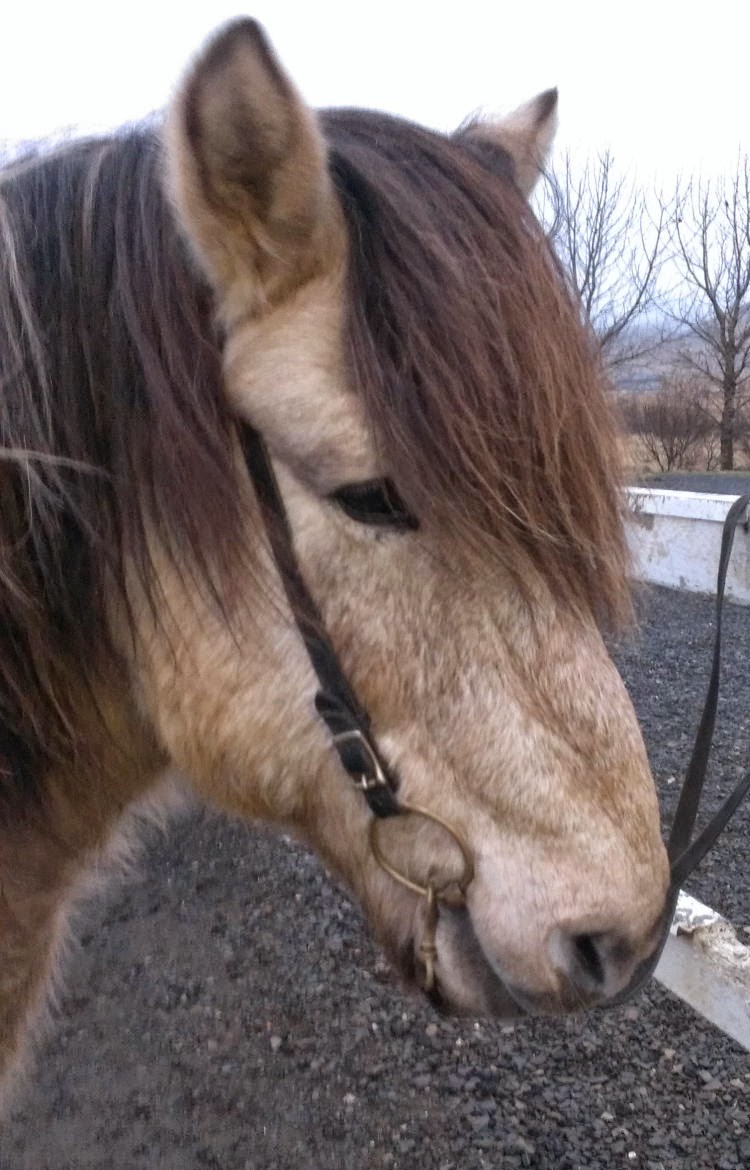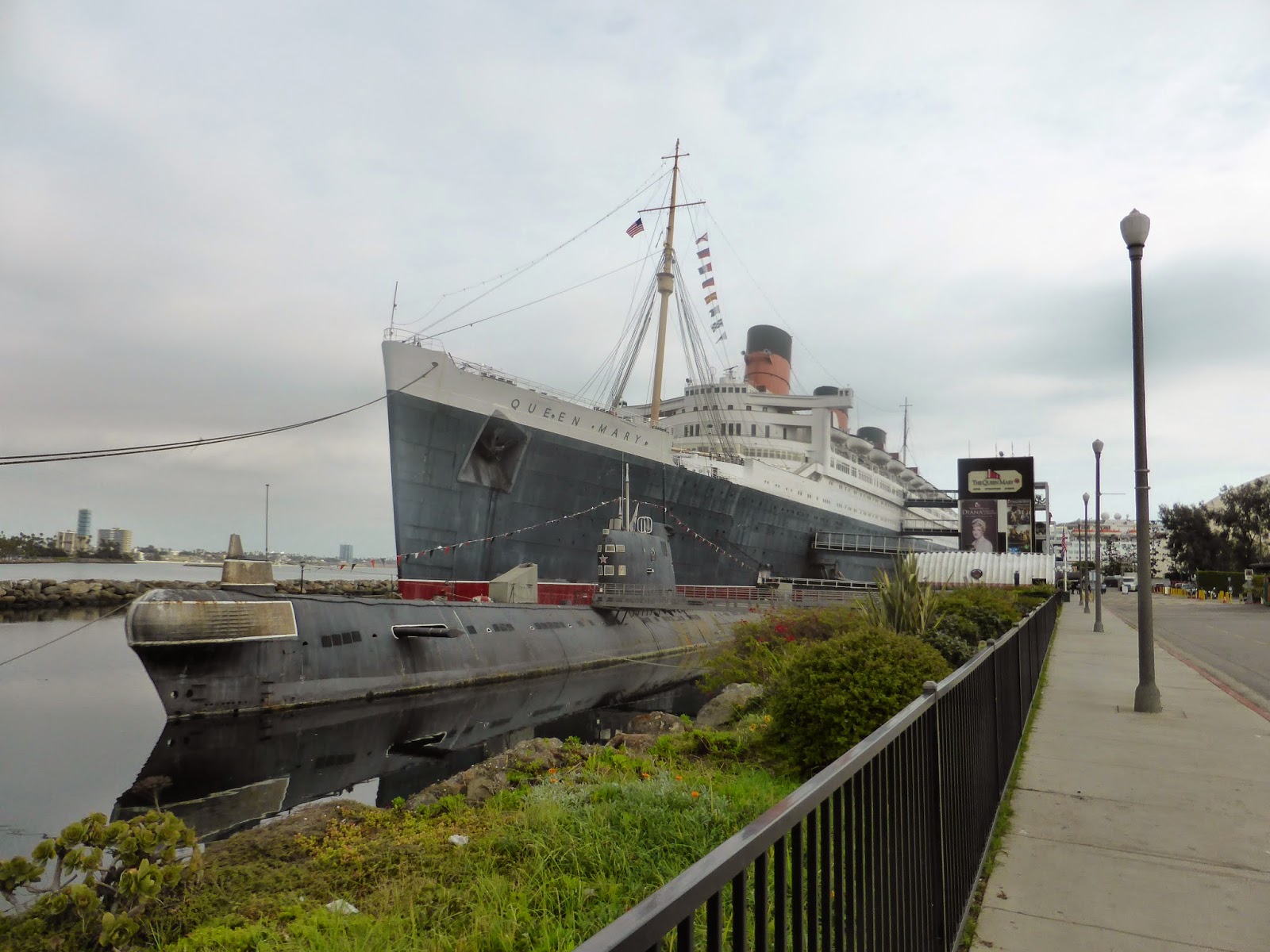OK, let me just say that I was
not intending to do a picture-heavy blog this week, even though my trip to
Iceland was BRILLIANT (and Iceland Noir
wasn’t bad, either …)
But then between getting back
from Reykjavík and sitting down to scribble, this happened:
And no, the dark mark you can see
towards the right-hand side of the sliced bit of finger is not muck, it’s where
I got fed up of the damn thing splitting open again and stitched it back
together myself over the kitchen table.
So, that decided it. Pretty
pictures and captions it is.
For a start, Iceland is a quirky
kind of place. Either this is a sculpture making a profound comment on the
strictures of the modern middle-class working male, or it’s the Icelandic take on fitting someone with concrete boots and sending them to
sleep with the fishes.
Quite a few of my fellow blog-mates
were in attendance, including (l to r) Jeff Siger, Stan Trollip’s Better Half,
Mette, Stan himself, me, Noir attendee author Susan Moody, and Stan’s other Better Half, Michael Sears.
The Iceland Noir events were very
well-attended, including this one (l to r) with Quentin Bates moderating the
New Blood panel for first-time authors Sarah Ward, David Swatling and Sverrir
Berg Steinarsson.
They may look like native British
ponies, but they’re really Viking horses and they wear their hair long so you
can’t see the horns.
My wonderful four-legged friend
for the day went by the name of ‘Lucka’ (with apologies for probable incorrect
spelling). She was full of beans and I did indeed get to experience the
Icelandic horse’s unique gait, the todt.
Everybody takes pretty pictures
of the Blue Lagoon, Iceland’s geothermally heated spa, but the builder in me
was fascinated by the materials used — slices of lava turned into the most
amazing bricks. Imagine a feature wall made out of those at home.
The Seljalandsfoss waterfall is
one you can walk behind. And yes, the spray was very wet and very cold …
… Better to admire it from a
distance!
In order to go snowmobiling, we
first had to get to the snow, and that involved travelling along a rocky track up
onto the glacier that would have defeated a lesser vehicle than this Nissan
Super Jeep.
Initially, the view of the
Sólheimajökull glacier (and no, I have no idea how to pronounce it even after
several attempts) was stunning. Then as we went higher a bit of a blizzard hit.
Still, only three people managed to flip their Lynx snowmobiles over. When they
told you to lean, guys, they weren’t kidding!
Yes, that is me under the
fetching balaclava. And no, I wasn’t going to take any more than that off for a
picture. It was flippin’ freezin’ up there. (Just in case you thought I was simply
lollygagging, I’ll have you know I was engaged in serious research at this
point …)
The most amazing ice bridge on
the Sólheimajökull glacier.
Yet another photogenic waterfall —
Skógafoss this time. By the time we reached this it was about ten past three in
the afternoon, and the shadows were already lengthening but the light was
beautiful.
What a stylish trio! (L to r)
Barbara, Better Half of Jeff Siger, Annamaria Alfieri, and Jeff himself.
Our hotel, the Marina (it was
located on more of a dockside than a marina, but who’s arguing?) was a
converted paint factory. I loved the signs like this one in my
no-cat-swinging-permitted ensuite shower room.
This life-size (ish) statue was
indeed outside the loos in the hotel bar. No jokes about wood, if you please!
Even the airport security people
at Keflavik had a sense of humour. Now that
must be a first …
Sorry to be leaving. Determined
to go back.
And yes, I did finally get to see
the Northern Lights, hurrah! Sadly, I was relying on my smartphone camera which
did not prove up to the task of capturing the eerie green glow for posterity. Just
have to go back again with the full kit.
This week’s Word of the Week is aurora borealis, from the Latin aurora meaning sunrise, or Aurora who
was the Roman goddess of dawn, and boreas
being Greek for the north wind. The name was first used by Galileo in the
early sixteen-hundreds. The meteorological phenomena are caused by charged
particles coming down into the atmosphere and causing optical emissions. They
are, of course, otherwise known as the Northern Lights or, in Icelandic, norðurlósin*.
*Thanks to our own Yrsa for the
translation.

































































